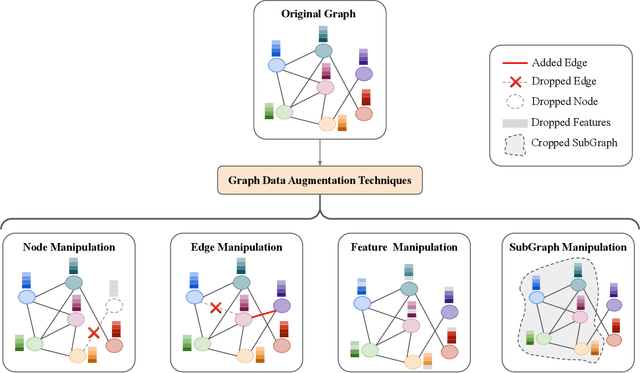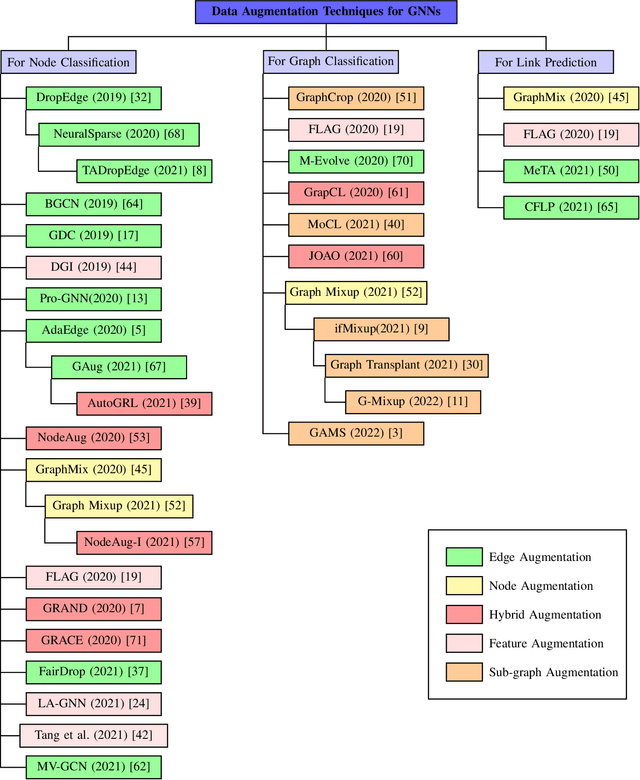Maria Marrium
Implicit to Explicit Entropy Regularization: Benchmarking ViT Fine-tuning under Noisy Labels
Oct 05, 2024Abstract:Automatic annotation of large-scale datasets can introduce noisy training data labels, which adversely affect the learning process of deep neural networks (DNNs). Consequently, Noisy Labels Learning (NLL) has become a critical research field for Convolutional Neural Networks (CNNs), though it remains less explored for Vision Transformers (ViTs). In this study, we evaluate the vulnerability of ViT fine-tuning to noisy labels and compare its robustness with CNNs. We also investigate whether NLL methods developed for CNNs are equally effective for ViTs. Using linear probing and MLP-K fine-tuning, we benchmark two ViT backbones (ViT-B/16 and ViT-L/16) using three commonly used classification losses: Cross Entropy (CE), Focal Loss (FL), and Mean Absolute Error (MAE), alongside six robust NLL methods: GCE, SCE, NLNL, APL, NCE+AGCE, and ANL-CE. The evaluation is conducted across six datasets including MNIST, CIFAR-10/100, WebVision, Clothing1M, and Food-101N. Furthermore, we explore whether implicit prediction entropy minimization contributes to ViT robustness against noisy labels, noting a general trend of prediction entropy reduction across most NLL methods. Building on this observation, we examine whether explicit entropy minimization could enhance ViT resilience to noisy labels. Our findings indicate that incorporating entropy regularization enhances the performance of established loss functions such as CE and FL, as well as the robustness of the six studied NLL methods across both ViT backbones.
Data Augmentation for Graph Data: Recent Advancements
Aug 25, 2022



Abstract:Graph Neural Network (GNNs) based methods have recently become a popular tool to deal with graph data because of their ability to incorporate structural information. The only hurdle in the performance of GNNs is the lack of labeled data. Data Augmentation techniques for images and text data can not be used for graph data because of the complex and non-euclidean structure of graph data. This gap has forced researchers to shift their focus towards the development of data augmentation techniques for graph data. Most of the proposed Graph Data Augmentation (GDA) techniques are task-specific. In this paper, we survey the existing GDA techniques based on different graph tasks. This survey not only provides a reference to the research community of GDA but also provides the necessary information to the researchers of other domains.
 Add to Chrome
Add to Chrome Add to Firefox
Add to Firefox Add to Edge
Add to Edge